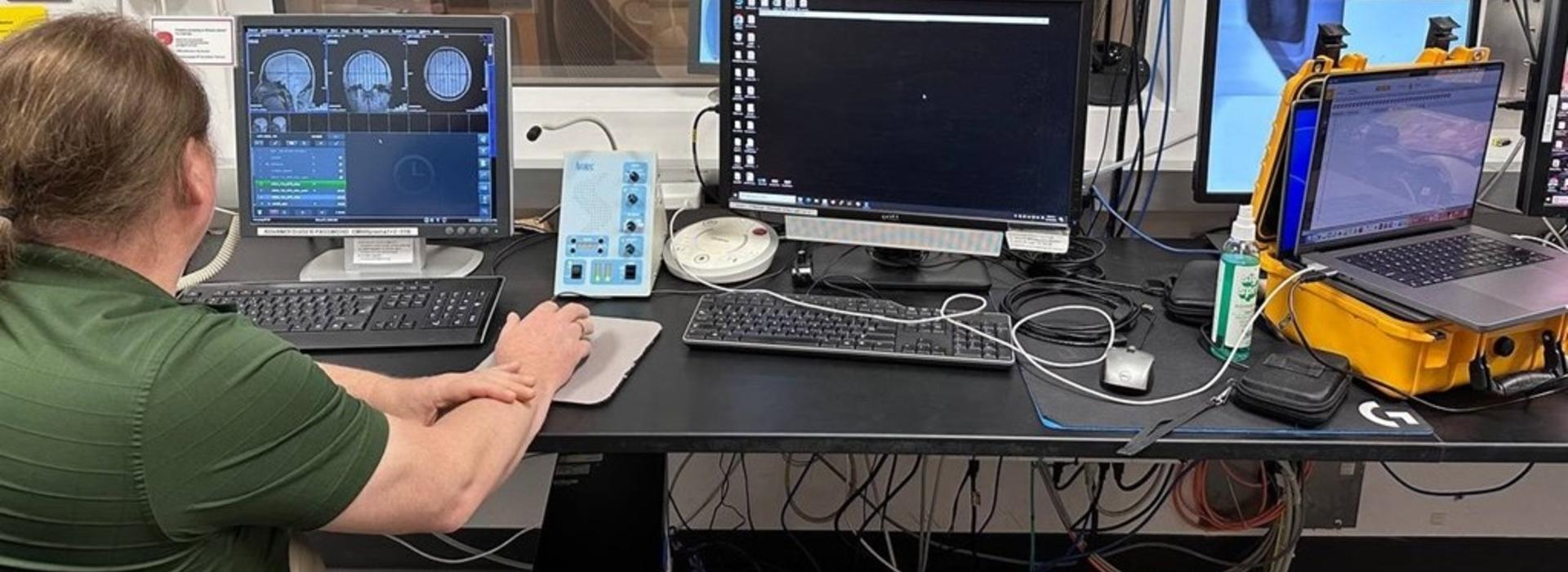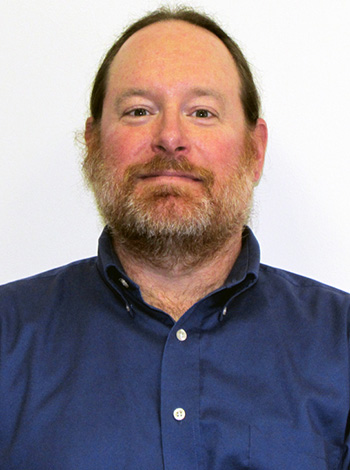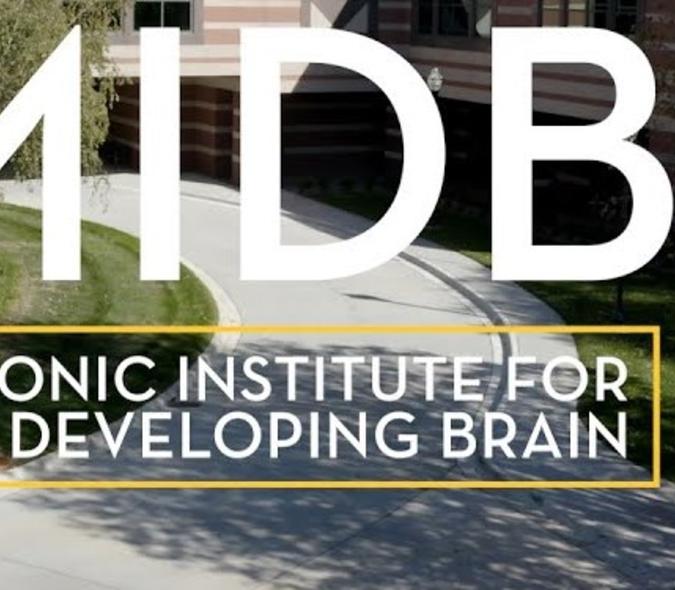
From particle physics to psychiatry: a career in collaborative science
For the past 21 years, Associate Professor Bryon Mueller (pictured above during a recent imaging session), PhD, has brought his background in particle physics to bear on collaborations throughout the U’s Medical School. Physics and medicine? To Mueller, it makes lots of sense.
It was when he was doing a medical physics residency at the Mayo Clinic in Rochester, MN, that he learned how he could apply his physics background in a healthcare setting. “At the Mayo, I was exposed to using MRI [magnetic resonance imaging] in clinical settings to diagnose patients and in research settings to build understanding about how the human body works,” he said. “I saw the opportunity to contribute to the development of that field to help improve healthcare outcomes.”
As fate would have it, when Mueller’s residency was wrapping up, Kelvin Lim, MD, then a newer faculty member of the Psychiatry and Behavioral Sciences Department, was working with the U’s Center for Magnetic Resonance Research (CMMR) on a newly purchased high-end (3-Tesla) clinical research magnet. Lim wanted to use the technology to learn more about the brains of adults and children with mental illness. “Back then, it was the most technically advanced clinical magnet available,” said Mueller. “While Kelvin had a lot of background in magnetic resonance [MR] research, he realized that few people at the U knew how to effectively apply this new tool to help answer research questions.”

Mueller (pictured here) became Lim’s research partner and over the years would collaborate with him and dozens of other principal investigators from departments such as Psychiatry, Psychology, and Rehabilitation Medicine at the U and at other institutions. He has helped design dozens of MR experiments, identified the kinds of data to collect, helped analyze that data, and ensured that the equipment worked as expected. “I have helped researchers see what’s technically possible from an MR perspective to move their work forward,” said Mueller.
Magnetic resonance physics has enabled mental health researchers to develop better methods for looking at how the brain works, how its structure changes over time, and how it responds to interventions, according to Mueller. “We look at the interaction between the strong magnetic field and water molecules in the brain to tease apart structural or functional differences – figuring out clever ways to use the machine’s electronics to build contrast that shows those differences,” he explained.
What Mueller and his research collaborators want to do is develop an individualized “fingerprint” of the brain – and then determine how they can change that brain’s connectivity patterns to help improve mental health. “I collaborate on many different projects, from exploring potential treatments for substance use disorders [SUDs] or schizophrenia, to observing how the brain changes as the result of an intervention,” he said. “We hope to see how brains react, for instance, during cognitive treatment or during neuromodulation and then associate those changes with changes in brain connectivity patterns seen in someone with mental illness. That’s how I hope to contribute: that our research will someday help to improve psychiatric treatments and outcomes.”
Mueller does his work in two worlds. “I work with the people at CMMR who are figuring out the next big thing to do with MR,” he said. “I then become the bridge between them and clinical researchers treating those who have mental health conditions. I talk to the PIs to understand what questions they want answered and bring the current technologies to bear on those questions.”
As researchers gain more insight into how the brain works through MR research, it will help them develop better interventions, according to Mueller. “With SUD, for example, interventions haven’t changed all that much over the past 20 years and as a result, the abstinence rate hasn’t improved,” he said. “There are new ideas such as neuromodulation that show promise for improving long-term outcomes but how do you apply the modulation to do that and how do you see if the brain’s networks are changing as a result? I help people who are developing these techniques to answer those questions.”



